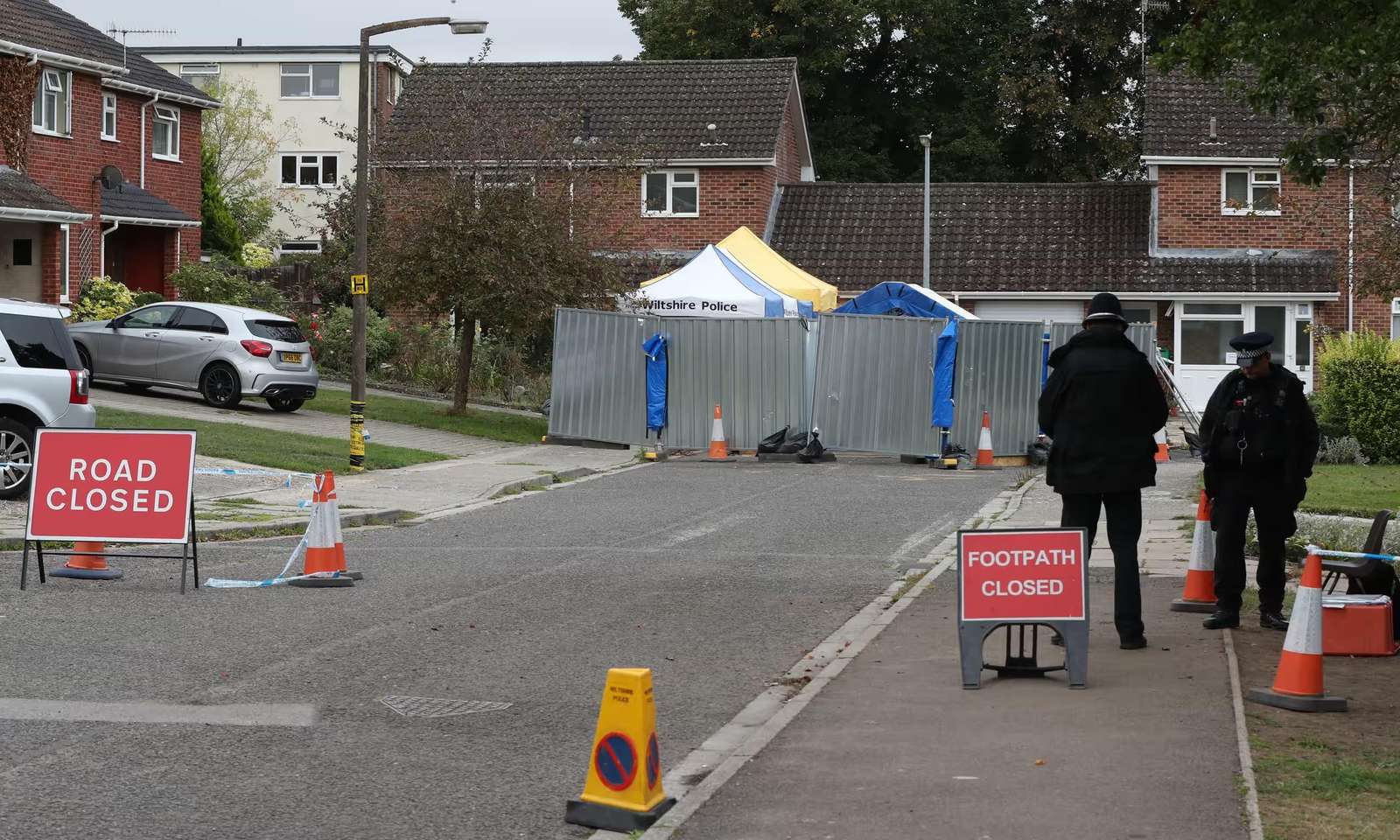A government expert has told an inquiry that a "minuscule" quantity of the nerve toxin used in Sergei Skripal's attempted assassination—as little as a sixth of a grain of salt—could have been sufficient to prove lethal.
The specialist, who specialises in chemical and biological weapons, said that "many lethal doses" of Novichok were smeared on the doorknob of the Salisbury front door of the former Russian agent. The substance was so pure that it had to have been produced in a highly advanced laboratory.
Members of the public were not allowed into the hearing room for the evidence of the scientist, who can be identified only by the cipher MK26. An order is in place banning even the scientist’s gender from being reported.
Skripal, his daughter Yulia and a Wiltshire woman, Dawn Sturgess, were contaminated by novichok in 2018. The Skripals survived but Sturgess died after spraying novichok, contained in a fake perfume bottle, over herself in nearby Amesbury.
MK26 was the lead Defence Science and Technology Laboratory (DSTL) adviser to the police, based at Porton Down in Wiltshire, during both investigations.
The scientist said “many hundreds” of DSTL staff were involved. “I haven’t seen this level of activity any time before or since. I hope I never do again,” the witness said.
“It felt very personal. It was very close to Porton Down. Many of our staff were living around Salisbury and Amesbury. When Dawn Sturgess sadly passed away, it highlighted for us how dreadful it had been.”
MK26 said “many lethal doses” were applied to the door handle of Skripal’s home. The witness said the agent was “very persistent”. It was 12 days before the handle was tested and it had rained and snowed but there were still “very high” levels of the substance on it. There were also high levels on the door below the handle and at the base of the door.
The witness said the perfume bottle contained “thousands of lethal doses” and an amount as small as a sixth of a grain of salt could kill.
MK26 said the novichok was “a very high level of purity”, adding: “It indicates whoever made it was very sophisticated. It was an almost pure compound with very small amounts of contaminating chemicals.”
The witness was asked about claims from the Russian embassy that any modern chemical laboratory was capable of making novichok.
MK26 accepted a modern lab would be capable of synthesising it – but not safely. The scientist said they did not believe that a “non-state actor” – such as a terrorist group – would be able to make such pure novichok and deliver it. But the witness said they would be able to go into more detail when closed sessions were held next year.
MK26 was asked about claims made in a book by the journalist Mark Urban that in the 1990s the UK obtained chemical agents developed in the Soviet Union and Porton Down got the chance to study and synthesise it.
The scientist was asked if DSTL was capable of producing novichok, if it had done so and if so in what quantities – and also if it was possible that novichok produced at Porton Down could have been involved in the Wiltshire poisonings. MK26 said there was nothing they could say about this in the open part of the inquiry.
MK26 also said they could not address in the open session whether novichok could be detected by British airport detection equipment.



_2.jpg)
_3.jpg)



.svg)


